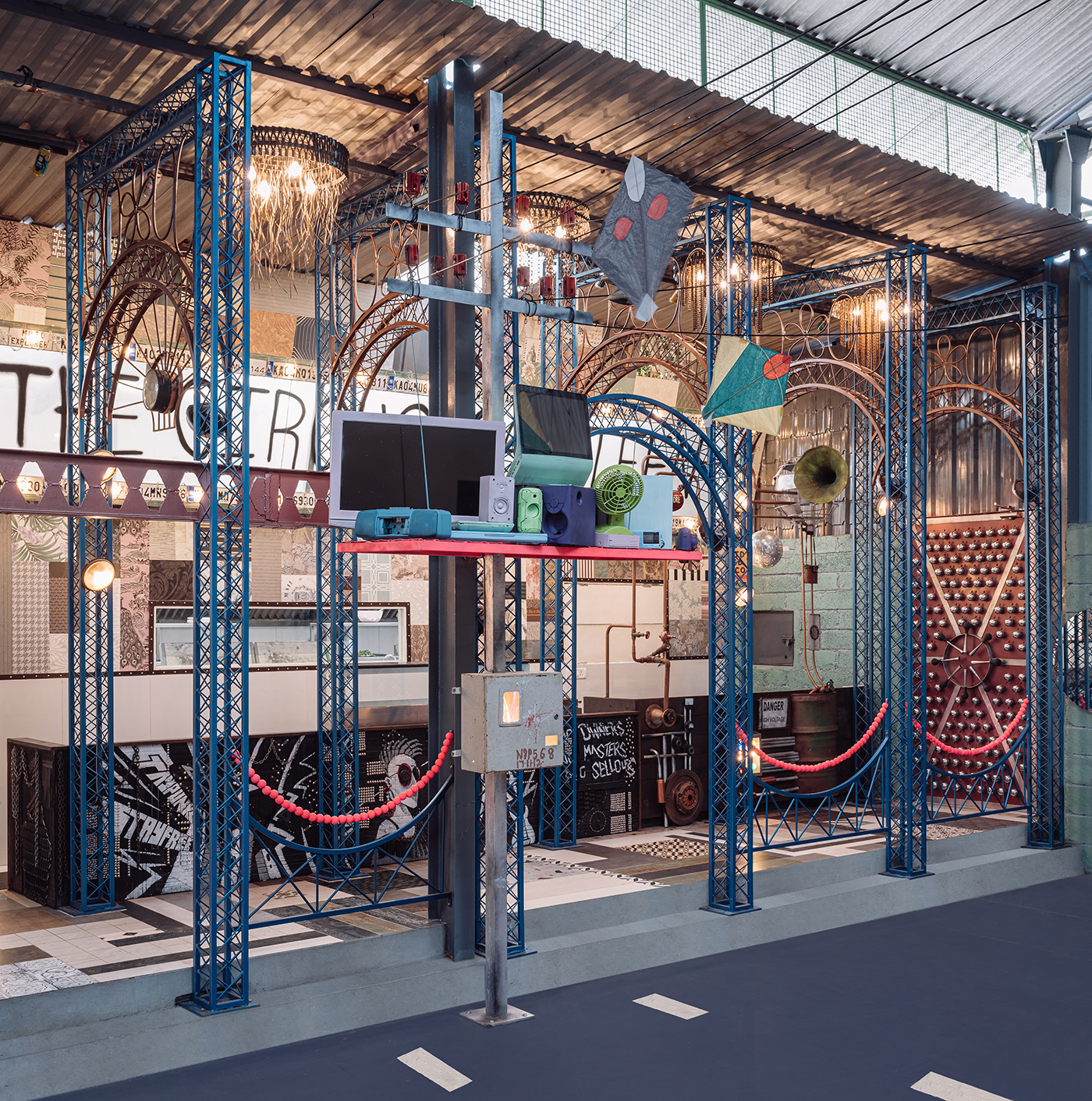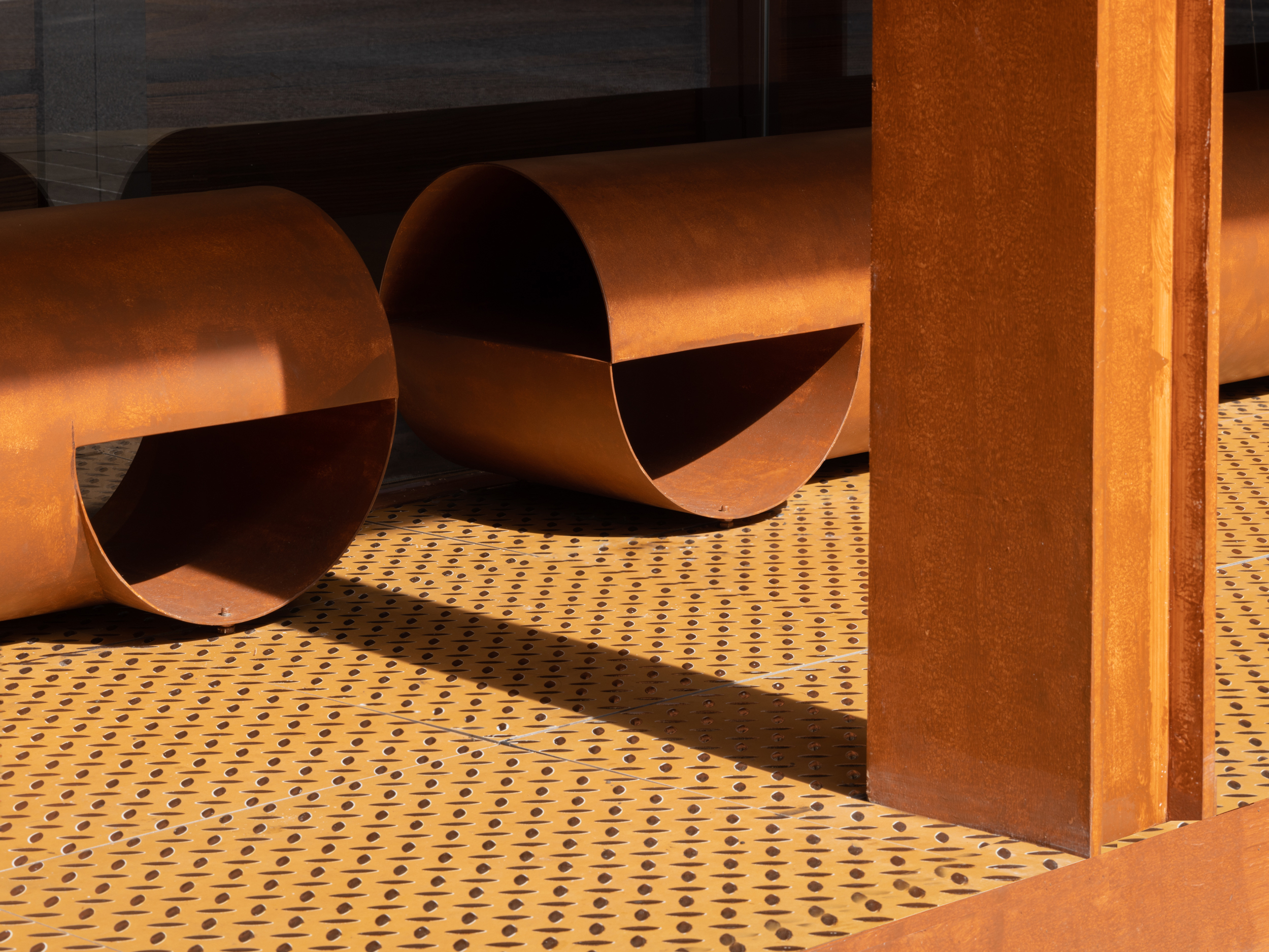Architizer’s Tech Directory is a database of tech tools for architects — from the latest generative design and AI to rendering and visualization, 3D modeling, project management and many more. Explore the complete library of categories here.
“DIY” or “do it yourself” is a popular term that bloomed during the COVID lockdown era, when people decided to revamp their interior spaces to make their homes more functional and aesthetically pleasing. Although DIY has become a popular trend in recent years, it has posed quite a struggle for the interior design profession.
A plethora of Artificial Intelligence (AI) tools have emerged, revolutionizing how we ‘design’ interiors. These tools, with their ability to produce layouts, visualize spaces, and suggest material combinations through only a few text prompts, are not just for non-interior designers. The question then remains, how can interior designers leverage the power of AI themselves to strengthen their position in the market?

Geijoeng Concept Store by Studio 10, Shenzhen, China
As a discipline, interior design combines architecture, graphic design, decorative arts, textiles, furniture and lighting design to create spaces that go beyond mere aesthetics and combine function, comfort and sustainability. A cleverly designed layout, for instance, can optimize energy consumption.
At the same time, knowledge on specific material properties can successfully insulate interiors or propose more eco-friendly solutions, while applying color theory on spaces creates harmonious and well balanced environments fit for inhabitation. Combining the in-depth knowledge interior designers have with powerful, data-driven algorithms can result to impactful and transformative designs that gradually reconfigure the built environment from inside out.

Corrugated Cardboard-Formed Exhibition Space by LUO studio, Popular Choice Winner, 11th Annual A+Awards, Sustainable Interior Project
From the plan drawing, AI tools can help interior designers develop layouts that efficiently occupy every corner of the space while preserving smooth circulation routes and even adding a dash of spontaneity within the space. AI technology can generate plan alternatives in a matter of seconds, allowing designers to test out countless iterations. In parallel, machine learning software can analyze factors such as building orientation and window placement to predict energy consumption patterns, thus guiding interior designers to incorporate passive design elements such as natural lighting and ventilation into their designs and minimize any artificial lighting or cooling systems. In fact, even without incorporating passive sustainability practices, AI tools can track occupant behavior and adjust artificial systems in real-time, reducing energy waste and carbon footprints.
Materials are the bread and butter of interior design; color and texture are transformative tools that, combined, can set the tone of the space and create countless moods and atmospheres. However, they also have a huge “practical” impact on every design since considerate material selection is paramount in ensuring a successful, comfortable and, above all, sustainable design.

Casa Comiteco by BIRI, Belo Horizonte, Brazil
Apart from the array of AI tools that can suggest material combinations that follow color theory rules or current trends, their most optimal application is their ability to analyze many materials and their properties. By considering factors such as the material’s environmental impact, its potential for reuse, and its overall life cycle, AI technology enables interior designers to opt for environmentally responsible solutions with lower carbon footprints.
Additionally, a traditional construction process involves a lot of unpredictability. From rough approximations to unaccounted planning issues, interior designers often need to deal with wasted materials and resources and last-minute client decisions. AI technology can greatly mitigate these risks by offering an array of visualization tools along with furniture databases that can easily be translated into an immersive visual presentation and a list of quantities and suppliers to reduce construction waste.

Project Big Top by Multitude of Sins, Jury Winner, 12th Annual A+Awards, Sustainable Interior Project
From small-scale residential spaces to large commercial projects, interior design offers a certain level of intimacy to the space. Contrary to architecture — a discipline that works both inwards and outwards and focuses on function and form — interior designers can capture the five senses and make the inhabitant’s experience much more immediate.
While this was achieved prior to the AI bloom, this new technology pushes the boundaries of interior design further, especially when it comes to its impact on sustainability and project implementation. AI’s tracking, visualization, and predictive abilities make it an incredible asset for designing sustainable interiors. It provides an innovative DIY workflow on how to efficiently utilize space, select eco-friendly materials, optimize energy consumption and, above all, solidify the interior designer’s position in the industry.
On a last note, interior designers, if you want to find out more about specific tools that can take your projects to the next level, be sure to check out these 7 Top AI Tools for Interior Designers.
Architizer’s Tech Directory is a database of tech tools for architects — from the latest generative design and AI to rendering and visualization, 3D modeling, project management and many more. Explore the complete library of categories here.
Featured Image: Rock&Ride Mixc Popup Store by Within Beyond Studio, Beijing, China




